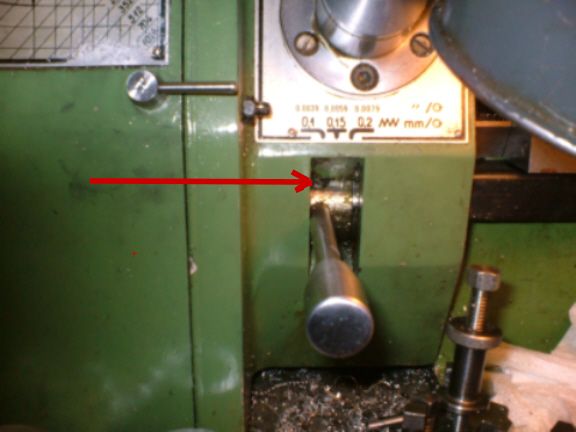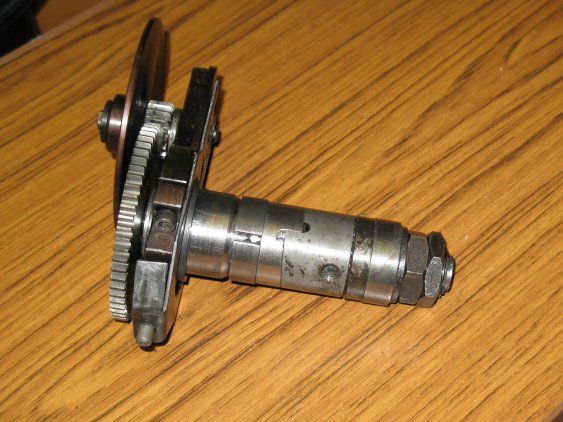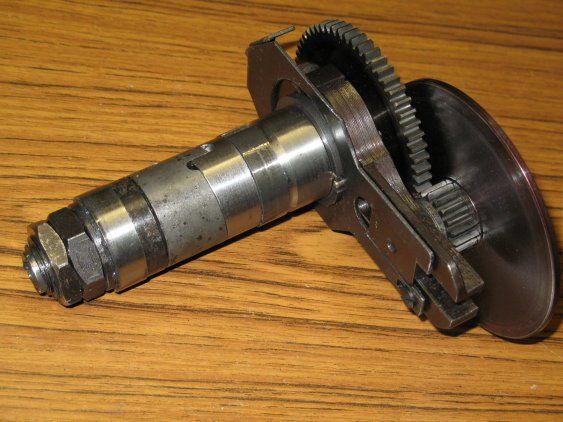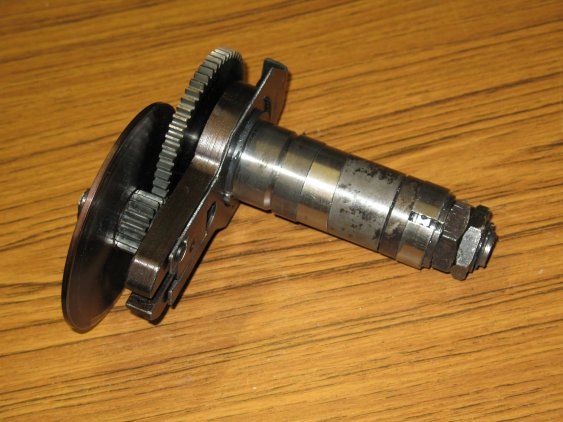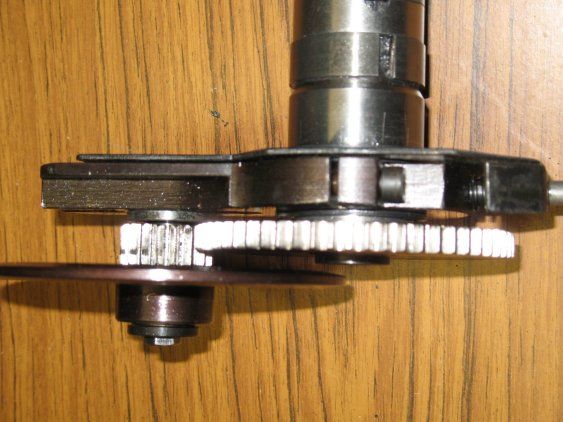Ivy, and anyone else interested,
I have already scanned my manual, (pink cover version) into 50 or so pages for someone else who did not have a copy. This is already on my computer ready for sending to anyone who wants it – I have already sent it to I think three people. It takes just a few minutes to send. I will not burn & post, not because of the cost, but because of the time it takes to do this whereas sending my email is so easy.
I didn’t offer to send it to you Ivy because you already seem to have an original.
Nick,
Obviously I would be interested to compare Warco’s version against the original to see if they have corrected the two mistakes that I know about. Having said that, I have been able to do everything I wanted using the original manual. Yes, it does take time to understand both the translated Bulgarian, and the drawings, but generally all the information is there. My suggestion to you would be to scan into the computer and transmit by email to interested parties rather than burning to CD & posting.
John Haine,
When I bought my 220 in 1994, I was faced with either buying second hand or buying new. At that time I realised that I did not know enough to be able to avoid buying a bad second-hand lathe so I went for new. This eventually lead to the choice of a 918 type lathe, the 220 or a Myford. Of these, the 918 was cheapest, offered a screwcutting gearbox, but was the lightest (weight) and had the most restricted travels, eg top-slide, tailstock. And I recall had the lowest number of speeds. In other words, I thought it offered too much for the money whilst cutting down on the important stuff.
The Myford offered the most in terms of slide travels, speed ranges etc, but had the smallest swing, but it does have a gap bed. It was also the most expensive by far – in fact it was out of my budget. The 220 did seem to be a reasonable midway machine and was the heaviest, assuming that weight means sturdiness etc.
The 220 is not perfect, but it generally does what I want. I wouldn’t go so far as to describe it as a dog, but obviously one gets what one pays for. Some of the problems I have managed to find work-arounds for, eg, if I attempt milling in the lathe, I now use direct collets in the headstock – and it works perfectly, whereas other methods I have tried produced too much vibration.
You mention changing the headstock bearings. I have twice now stripped, cleaned, regreased and readjusted that assembly with noticeable improvement. In fact, I found that to achieve the quoted axial play, required the bearing adjustment to be considerably tighter than what I would have expected, but having read elsewhere of commercial production lathes where the headstock bearings were considerably and deliberately tightened up, then I don’t see a problem here.
I have also stripped and corrected the fancy slow speed engagement mechanism – there was an obvious fault on one of the sliding cones when I tried to reassemble it. Unfortunately, this has not cured the slow-speed slipping problem, or the jumping out of gear whilst screw-cutting, but since I can hold the lever down and all is then ok, then really there is not a major problem.
Having said that, I don’t regret buying the lathe: it has enabled me to do certain things that otherwise would have been impossible. Sixteen years down the line I have no intention of giving it up, unless I happen to drop on to a metric Boxford ME10/10A in excellent condition at a rock bottom price.
Regards,
Peter G. Shaw
Tim Hyndman.


